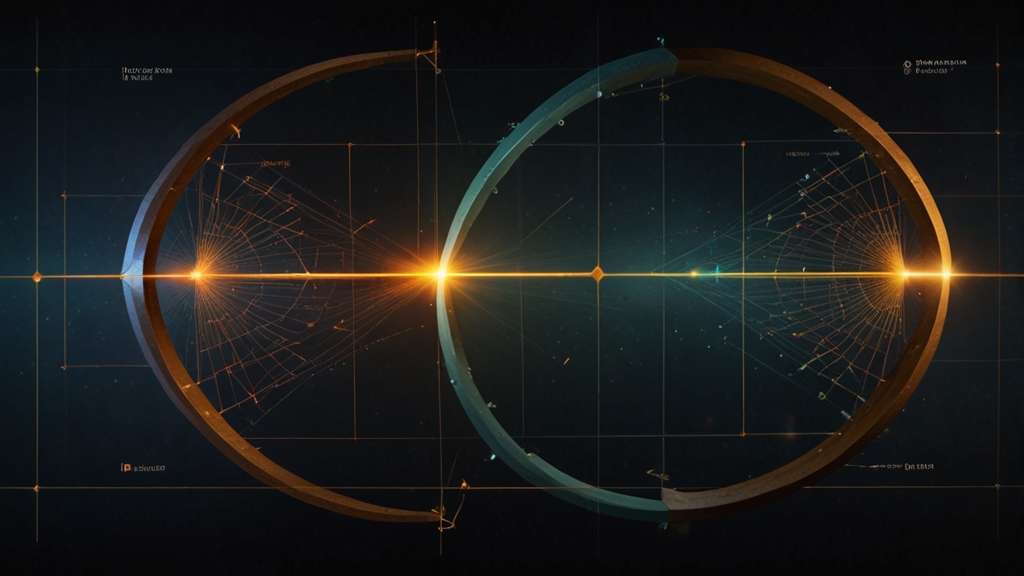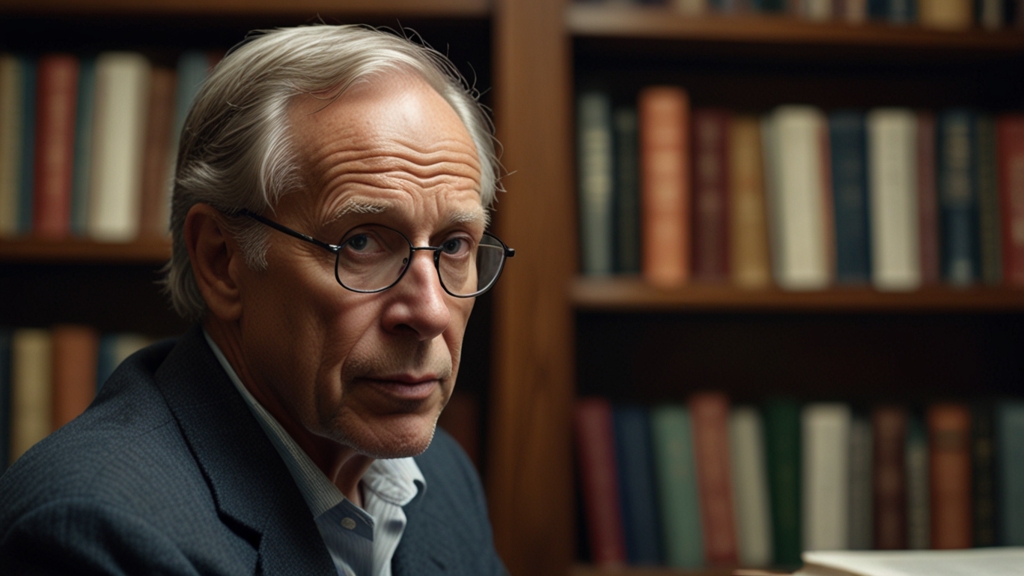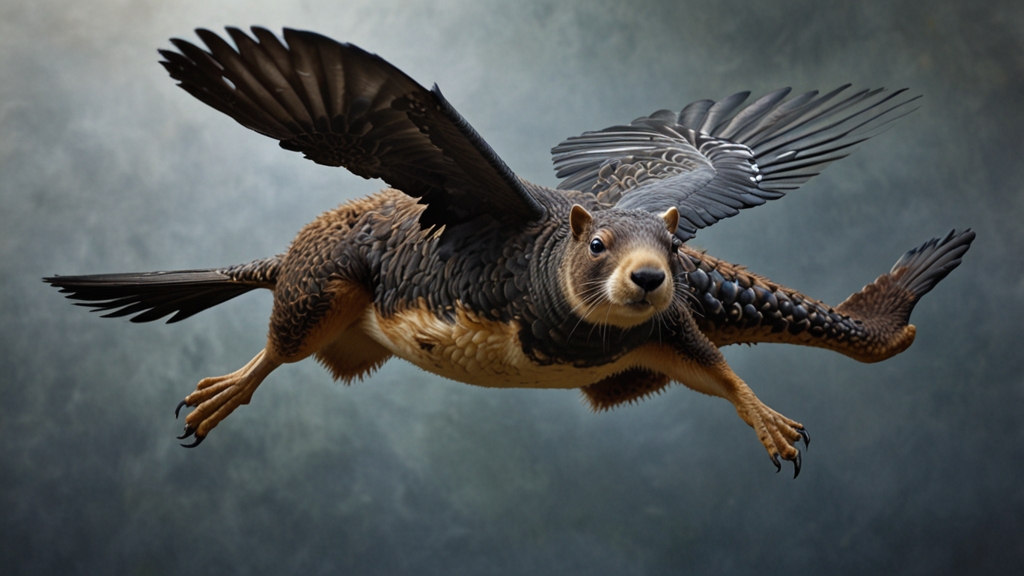A Heartbreaking Choice: Protecting Endangered Species Today
The planet's biodiversity is in crisis. With habitats rapidly degrading and human impact reaching unprecedented levels, the future of countless species hangs in the balance. Governments, organizations, and individuals confront a heartbreaking choice: which endangered species should be prioritized for conservation, and at what cost?
The Scope of the Crisis
The International Union for Conservation of Nature (IUCN) Red List provides a stark representation of how dire the situation is. Thousands of species are listed as endangered or critically endangered, ranging from the iconic orangutan to less well-known species like the axolotl. This is not merely a matter of losing interesting species; the extinction of any organism sends ripples through ecosystems, impacting the whole planet.
"Extinction is not an event; it is a process. Each lost species diminishes the ornate web of life." - Dr. Jane Goodall
Human Impact
Human activities, such as deforestation, pollution, and climate change, have inflicted severe damage on many natural habitats. Conservation efforts often have to combat large economic interests, such as agriculture, mining, and urban development. The situation is further exacerbated by illegal activities like poaching and unregulated fishing.
Consider the plight of the rhinos. Poaching driven by the black market for rhino horns has decimated populations, pushing species like the Northern White Rhino to the brink of extinction. The last known male Northern White Rhino died in 2018, leaving behind a painful reminder of how human greed and apathy can lead to irreversible loss.
The Ethical Dilemma
Conservationists are often forced to make difficult decisions about resource allocation. With finite funds and manpower, it is impossible to save every endangered species. This leads to a contentious debate: how do you prioritize one species over another? Should the focus be on "charismatic megafauna" like tigers and pandas, which attract more public support and funding, or equally endangered but less well-known species?
"Deciding which species to save is like choosing which child to rescue from a burning building." - Conservation Biologist
Success Stories and Hope
Despite these challenges, there have been success stories. The American Bald Eagle, once on the brink of extinction, has made a remarkable recovery due to concerted conservation efforts, including legal protection and habitat restoration. Similar successes have been observed with species like the California Condor and the Mountain Gorilla.
These examples demonstrate that when human ingenuity and resources are directed towards conservation, positive outcomes are possible. Grassroots movements, advanced science, and political willpower are crucial in effecting change. Collaborative efforts, like the Global Tiger Initiative, show that international cooperation can lead to substantial progress.
The Path Forward
Sustainable development and biodiversity conservation are not mutually exclusive goals. Integrating conservation into global economic models is necessary to ensure long-term success. Efforts to combat climate change, regulate deforestation, and reduce pollution are integral to protecting endangered species.
Educational initiatives and increased public awareness can also play a significant role. When people understand the intrinsic value of biodiversity and the interconnectedness of ecosystems, there is a collective push towards more environmentally friendly practices.
Conclusion
The choice to protect endangered species today is undoubtedly heartbreaking, fraught with ethical complexities and practical challenges. However, it is also a choice that reflects our values as a society and our commitment to future generations. By making thoughtful, science-backed decisions and fostering a global culture of conservation, we can work towards a future where all species have a fighting chance of survival.
"We do not inherit the earth from our ancestors; we borrow it from our children." - Native American Proverb









